Alternative turf options can provide solutions for various lawn challenges, such as drought, low maintenance, or specific aesthetic preferences.
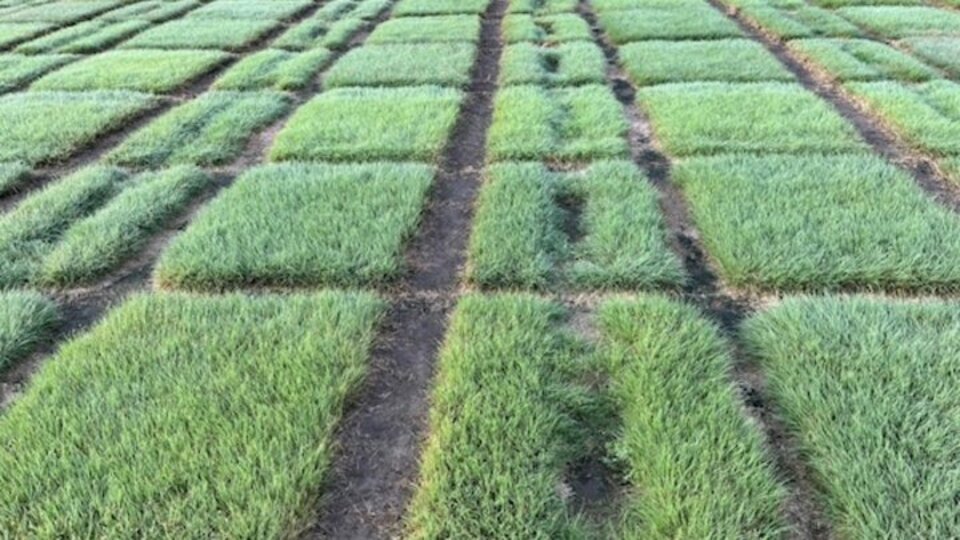
Buffalograss (Buchloe dactyloides) is a warm-season grass native to the central and western United States. It’s known for its drought tolerance, low maintenance requirements, and ability to thrive in various soil types.
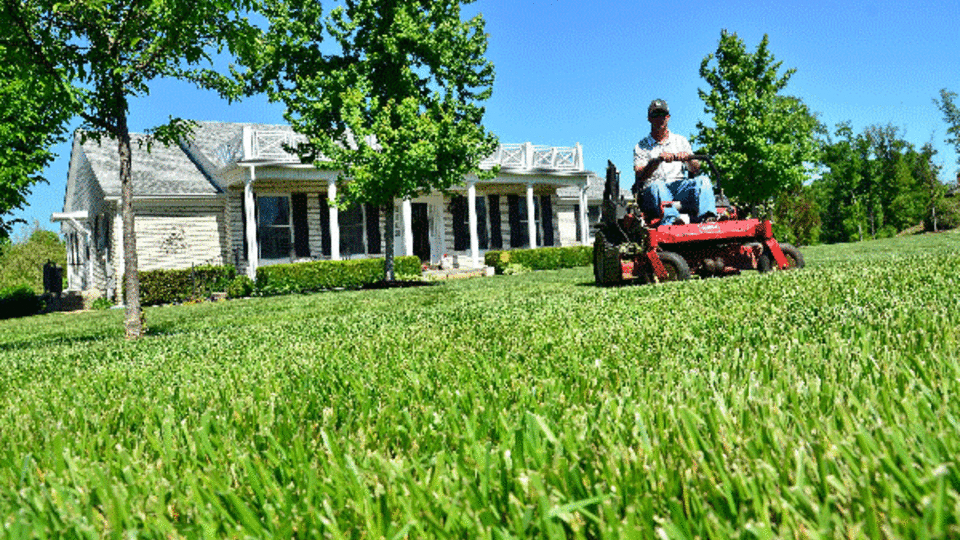
When choosing a lawn service, consider several key factors to ensure you get quality care for your yard. Start by evaluating the company's experience, reputation, and online reviews to gauge reliability and customer satisfaction. Ask about their services, including mowing, fertilizing, pest control, and seasonal clean-ups, to ensure they cover your specific needs.

Fall is a key season for preparing your lawn for the winter and setting it up for a strong start in the spring. Proper fall care helps ensure a healthy, resilient turf that can withstand colder temperatures and resume vigorous growth when the weather warms up.
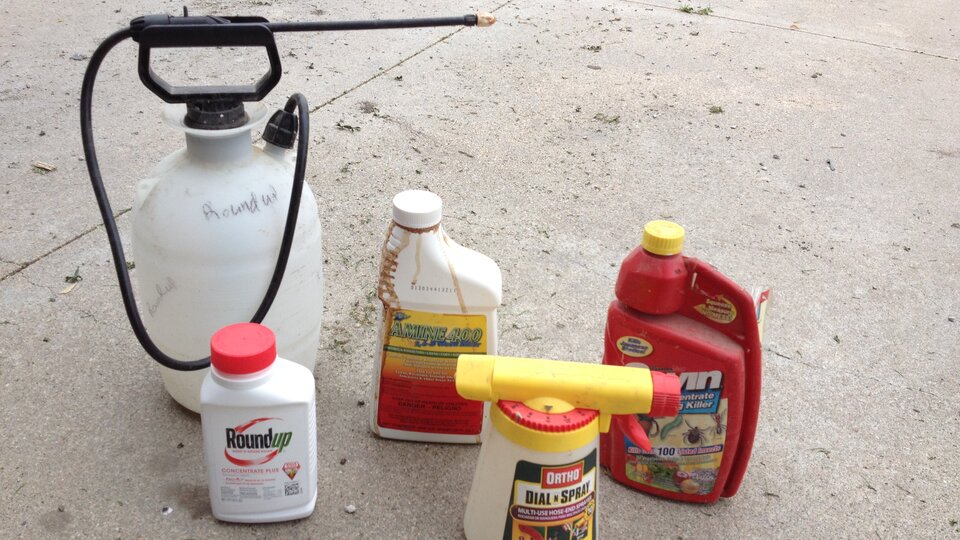
Herbicides are chemical substances used to control or eliminate unwanted plants, such as weeds, by disrupting their growth processes. They come in selective types, targeting specific plants, and non-selective types, affecting all vegetation they contact.
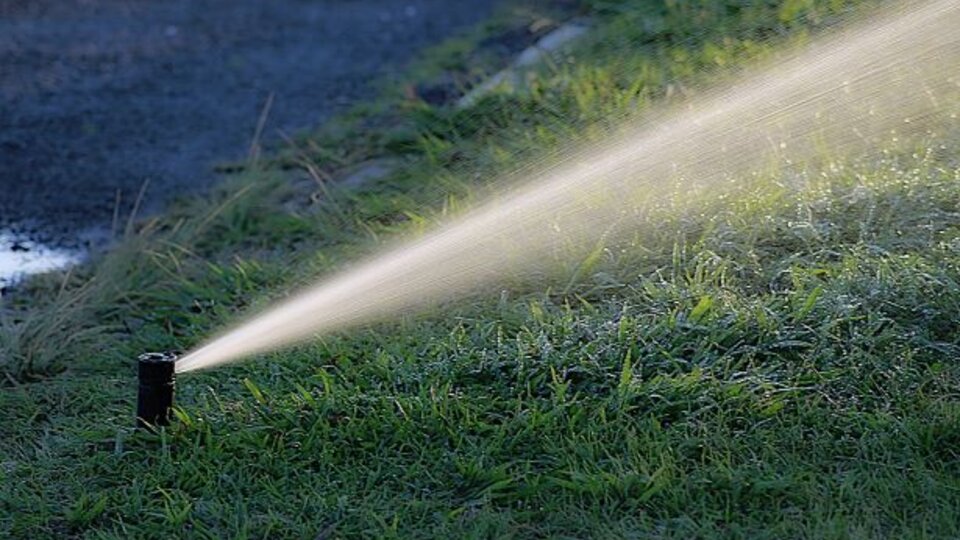
Irrigation is essential for maintaining a healthy, lush lawn and garden, especially in areas with inconsistent rainfall or during dry periods. Proper irrigation practices ensure that plants receive adequate water while minimizing waste and preventing problems like disease and runoff.

Mowing involves regularly cutting grass to a uniform height, promoting healthy growth and maintaining an attractive lawn. Proper mowing practices, such as using sharp blades and following the one-third rule, help prevent stress on the grass and reduce the risk of weeds, pests, and diseases.
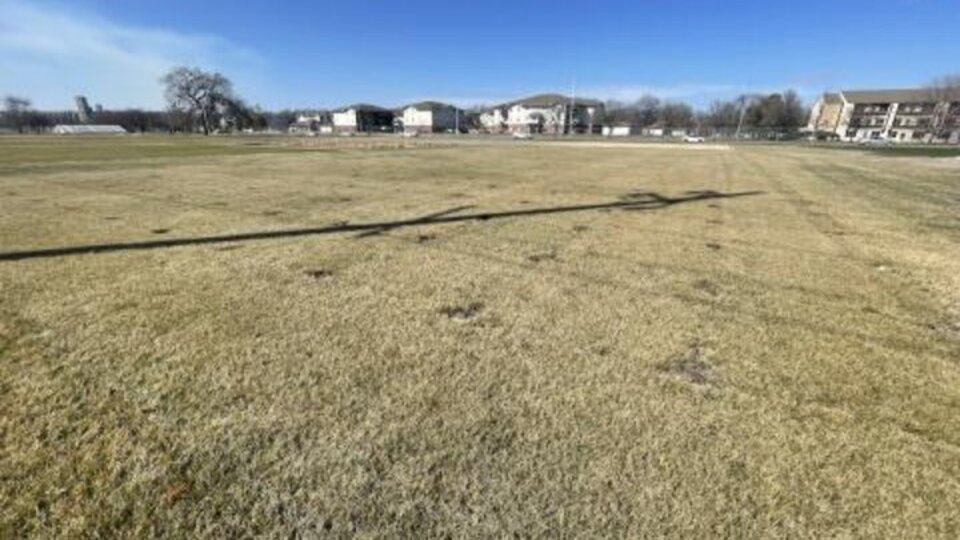
Spring is a crucial time for revitalizing your lawn and garden after the winter months. Proper spring care ensures that your lawn starts off strong and helps prevent common issues throughout the growing season.
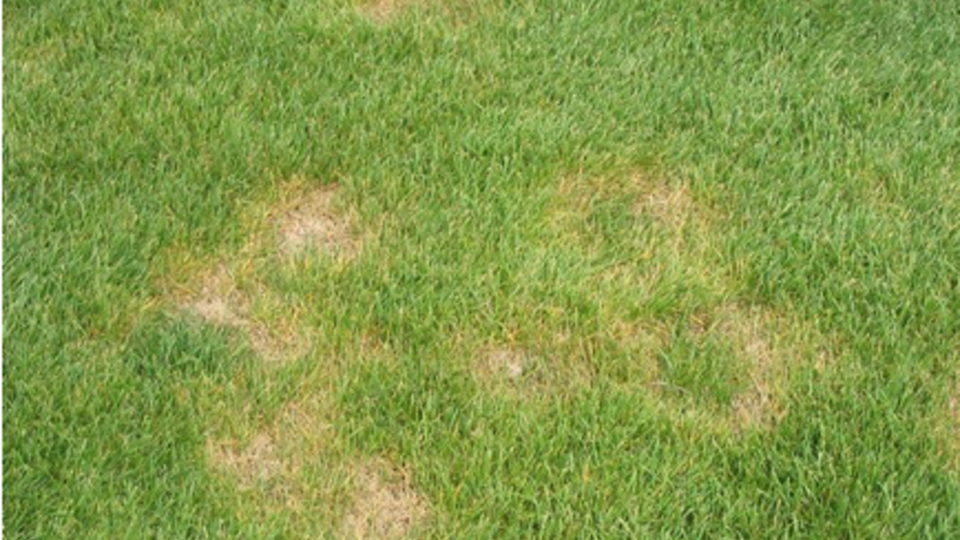
Turf diseases are caused by fungi, bacteria, or environmental stressors, leading to discoloration, thinning, or death of grass in lawns and sports fields. Common diseases like brown patch and dollar spot are often exacerbated by improper watering, mowing, or nutrient imbalances.
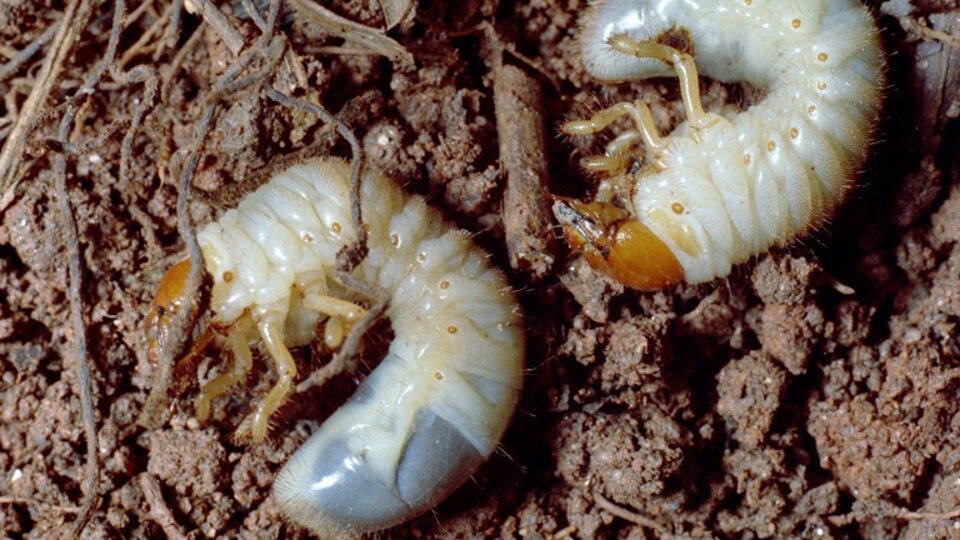
Turf insects can cause significant damage to lawns and grassy areas, affecting their health and appearance. Managing these pests involves understanding their behavior, identifying the damage they cause, and using effective control strategies.
